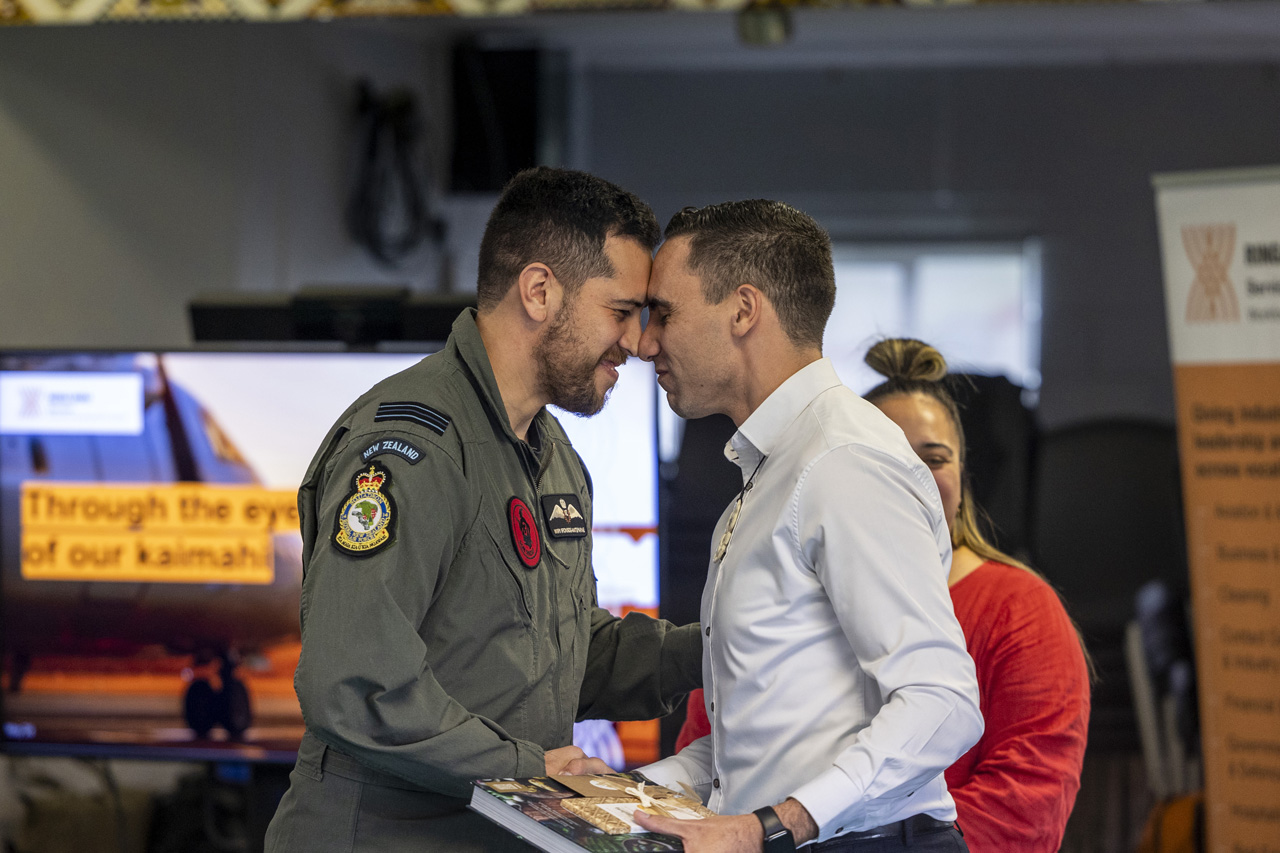
Māori organisations and businesses are set to benefit from a new kaupapa that guides kaimahi across all Ohu Ahumahi (Workforce Development Councils) on how to give effect to Te Tiriti o Waitangi.
Entitled He Rau Ranga Tira, the kaupapa provides kawa, tikanga, ritenga, and āhuatanga to staff to ensure Te Tiriti o Waitangi is honoured in the mahi of WDCs.
He Rau Ranga Tira was put together by the Te Tiriti o Waitangi Working Group, made up of several kaimahi from across WDCs.
Among those heavily involved in putting He Rau Ranga Tira together was Ringa Hora Poumatua, Ben Ngaia, who says it is about how WDCs activate te Tiriti as part of its everyday work.
“I think it’s important that Māori know that we are giving this due consideration within our work, that it is an authentic and genuine approach in how we seek to assist iwi, hapū, and Māori businesses with their issues and aspirations in the context of our functions and responsibilities,” he says.
“It’s also important to know that it’s an all kaimahi effort, it’s not just for specific staff, typically the Māori staff to carry out. It’s something that we’re placing on all of us to be responsive to.”
The kawa, or foundation principles, of He Rau Ranga Tira state that WDCs are committed to supporting the aspirations of Māori to fulfil present and future workforce development and talent needs, and to implement approaches that are sustainable and relevant to the Māori and wider Aotearoa economies.
Ben says initiatives with iwi, Māori, and tertiary providers are already underway to support Ringa Hora in its aspirations to give effect to Te Tiriti o Waitangi.
“With our Māori population growing steadily and nearing the one million mark, our industries increasingly want to support the ongoing success of Māori within the workforce. The work of Bridget Grave and our transformation team with the Māori workforce engagement plan, with initiatives like Tuia and our Kaupapa Māori Aviation hui, are great examples of that work. These initiatives identify and challenge immediate and future issues with our industry and businesses, and work to empower Māori success within the Service sector.
“Another great example is Hinewai Quensell’s careers pathway framework, Mata Ārahi Manomano. It’s a te Tiriti-based approach that promotes a partnership model focused on learners to ensure fair and equitable outcomes, and contributes to an education system that allows people to reach their full potential in any occupation. If our people are concerned about the pipeline coming through into employment, then this project is focused on supporting that pipeline.”
Ringa Hora’s core operational work around the programme endorsement process has also been influenced by He Rau Ranga Tira, he says.
“The key consideration we want providers to take on board in the design of those programmes is in designing the conditions and the environment for Māori learners to participate effectively within those programmes.”
Though there have been benefits already, Ben says all Ohu Ahumahi realise it’s important that He Rau Ranga Tira is a starting point and not an ending, and that He Rau Ranga Tira will evolve as the confidence of Ohu Ahumahi develops and grows.
“We’re on a journey in this space as well, putting our best efforts into working towards meeting the needs of Māori.”
